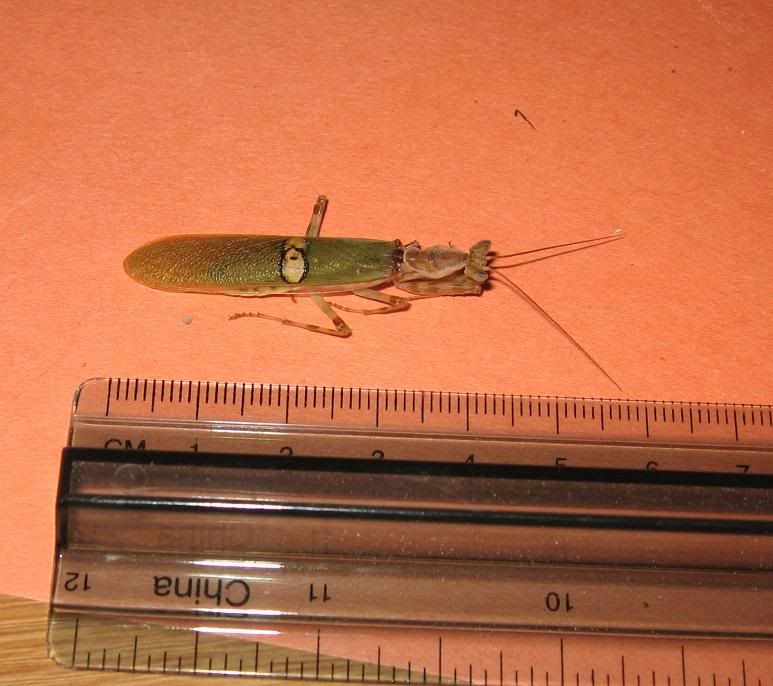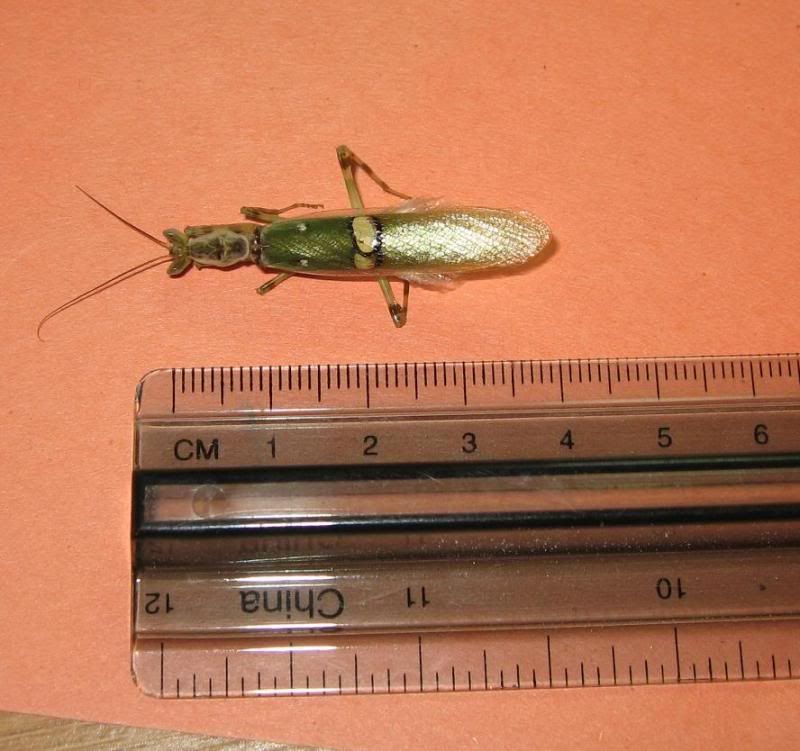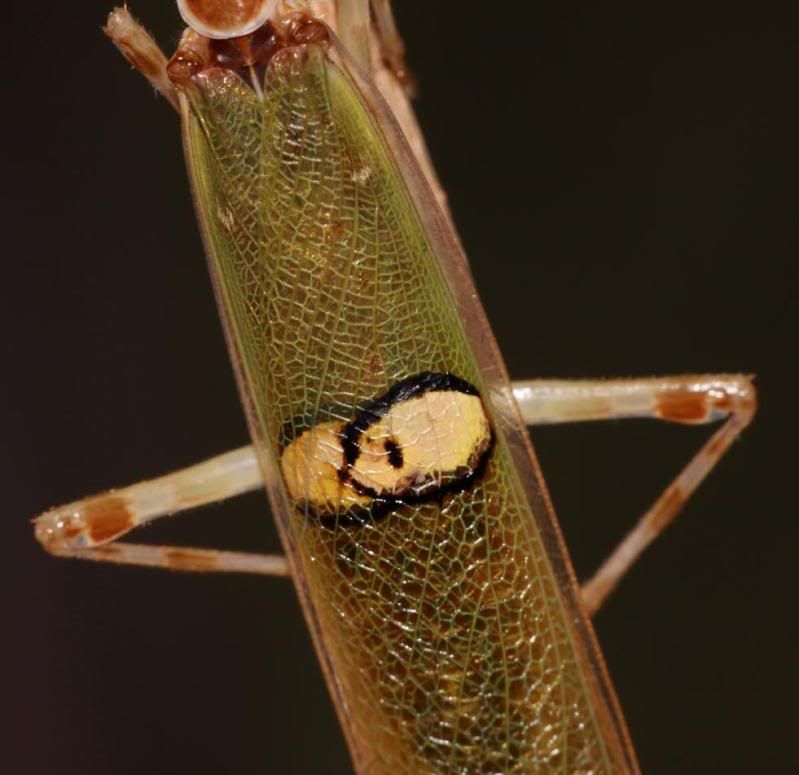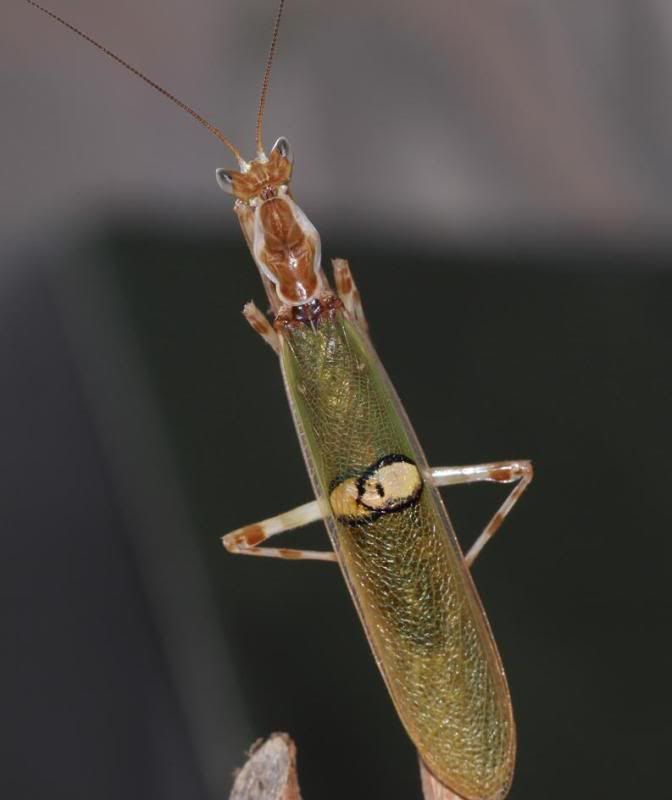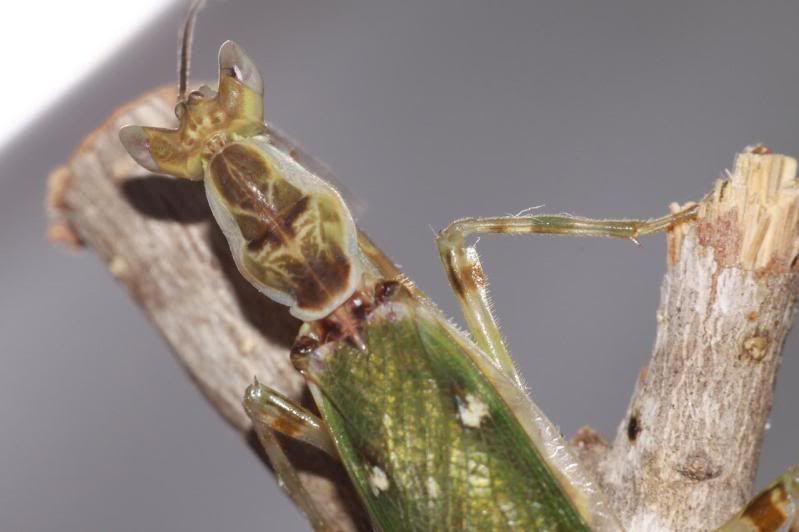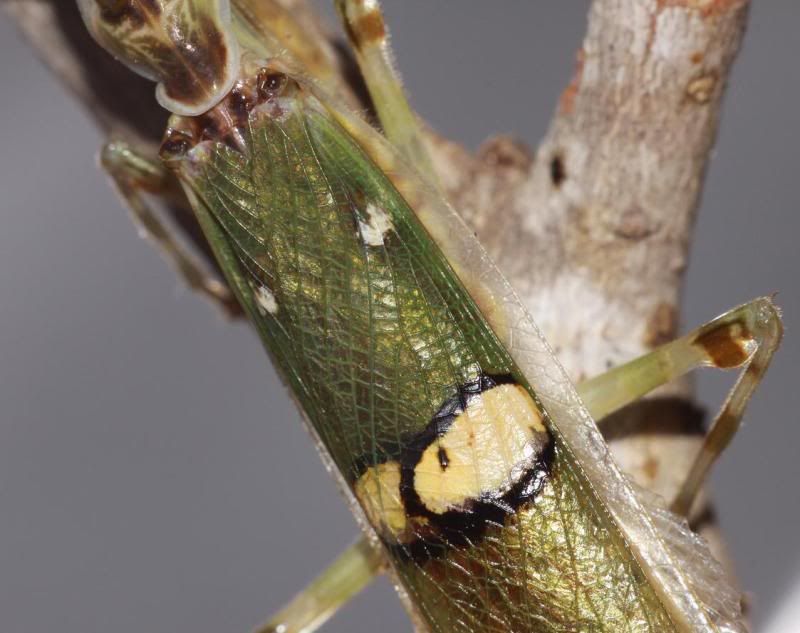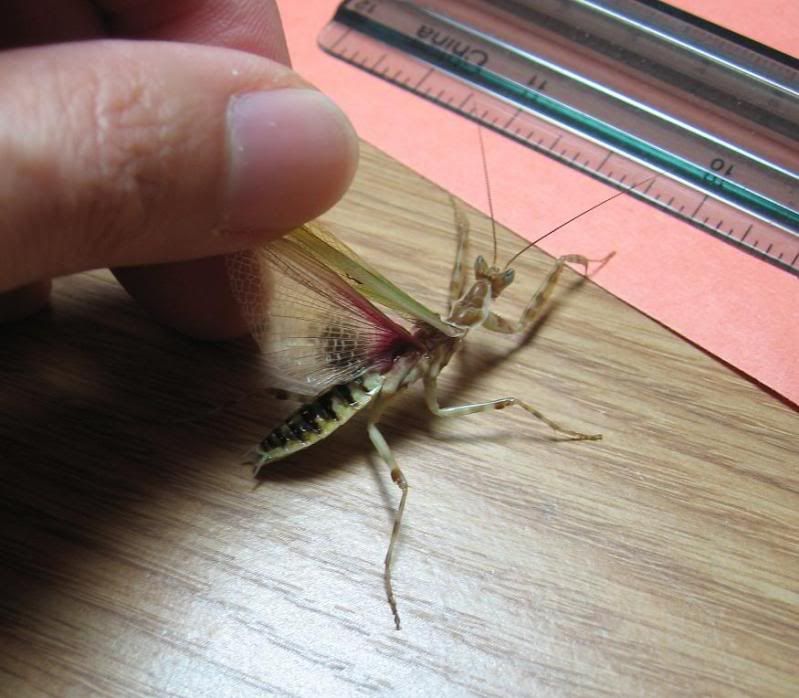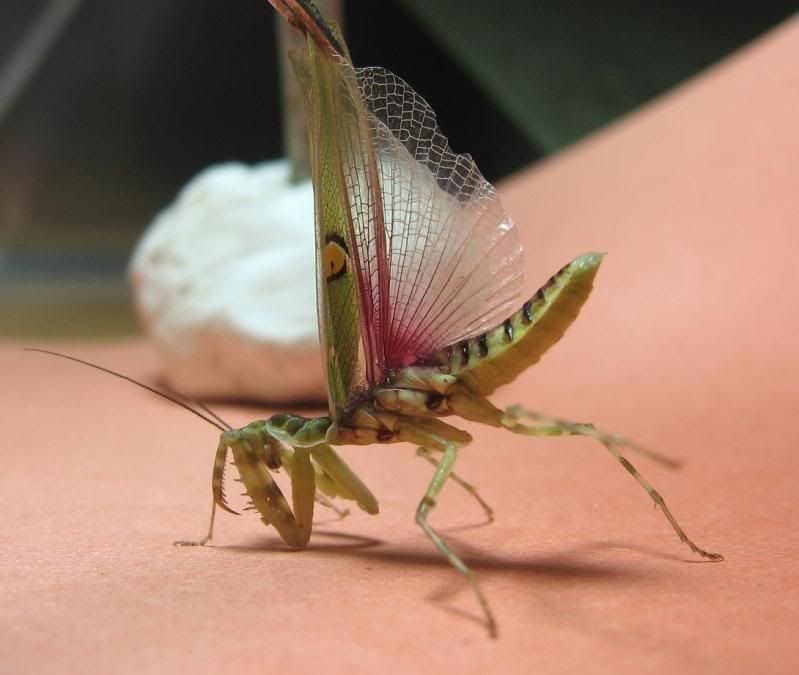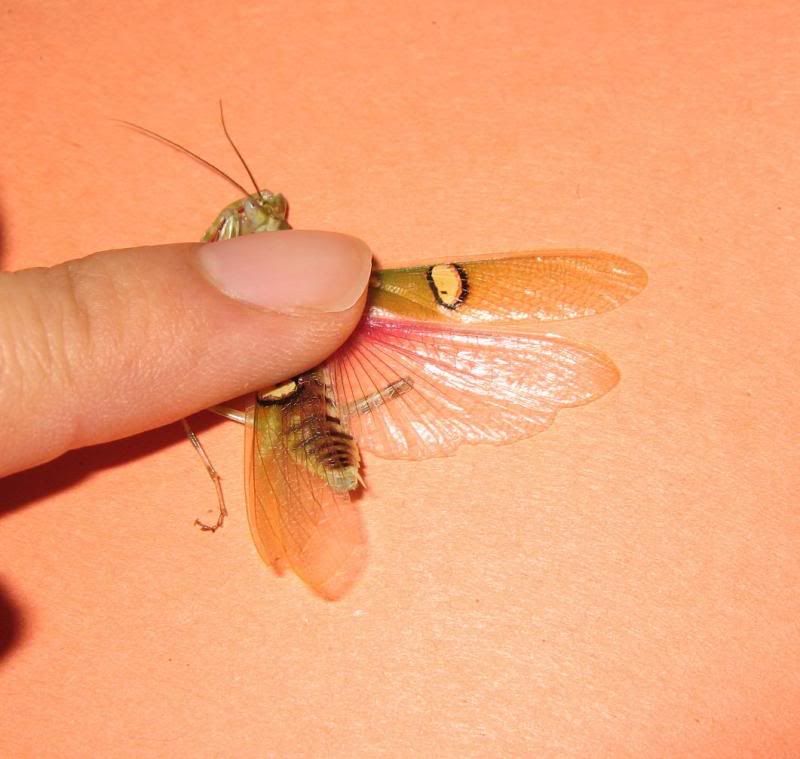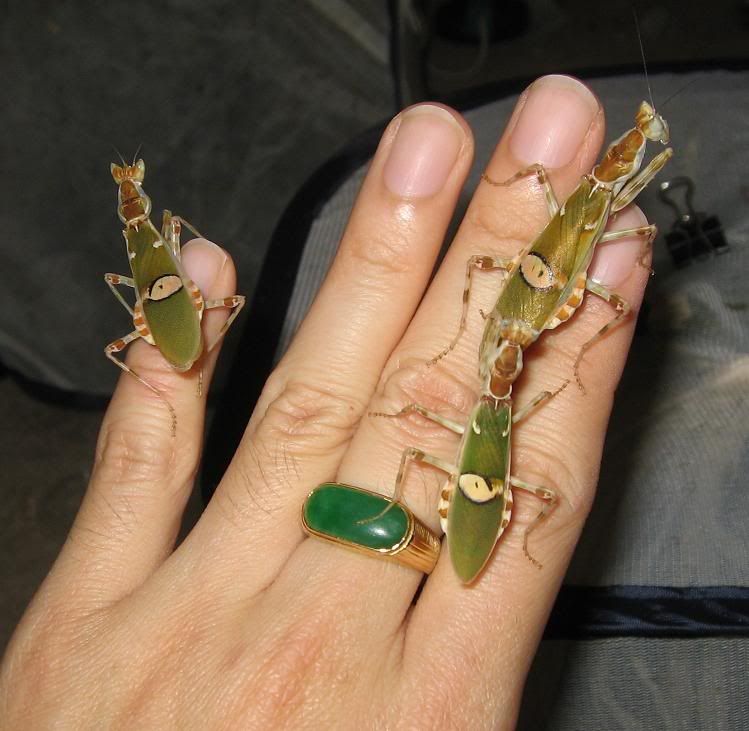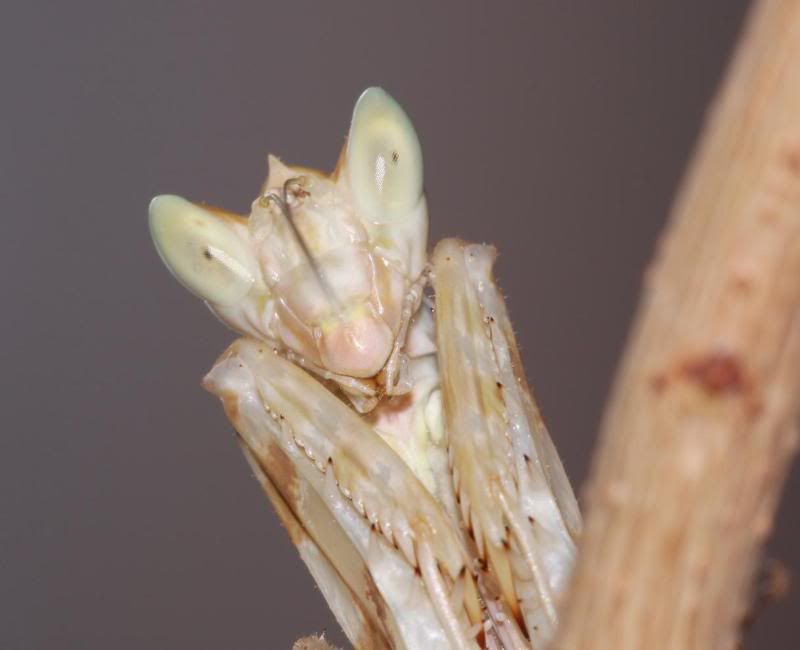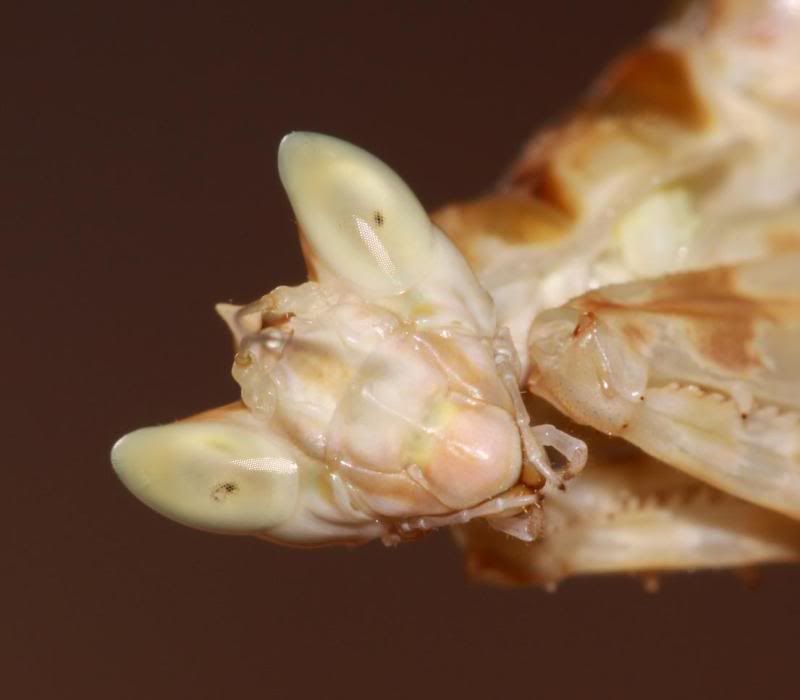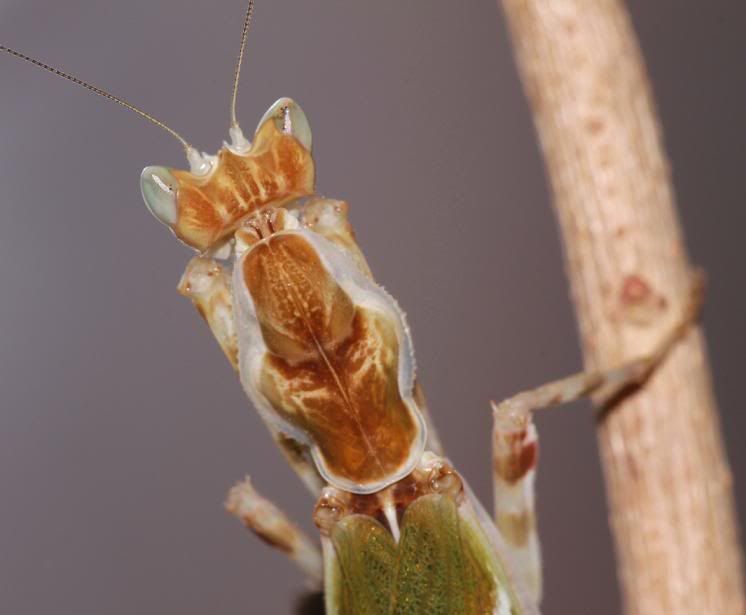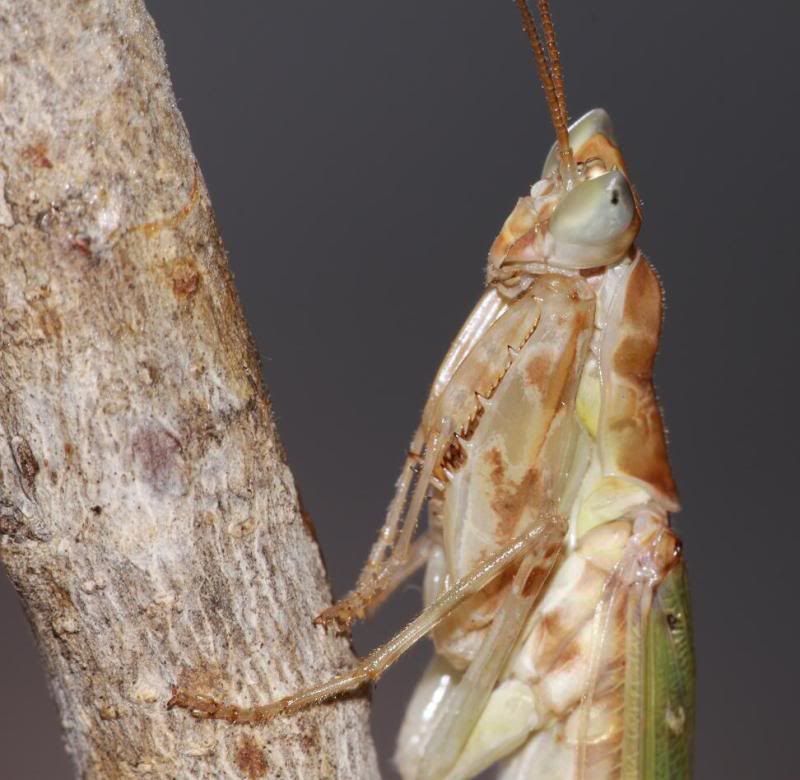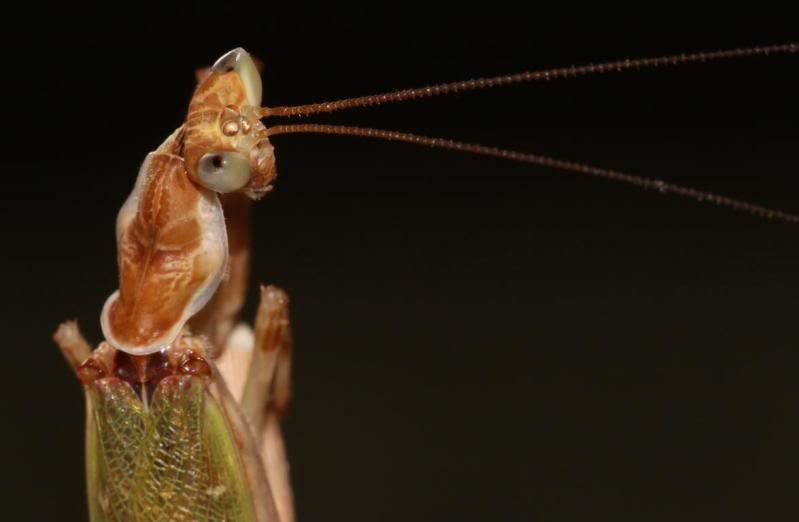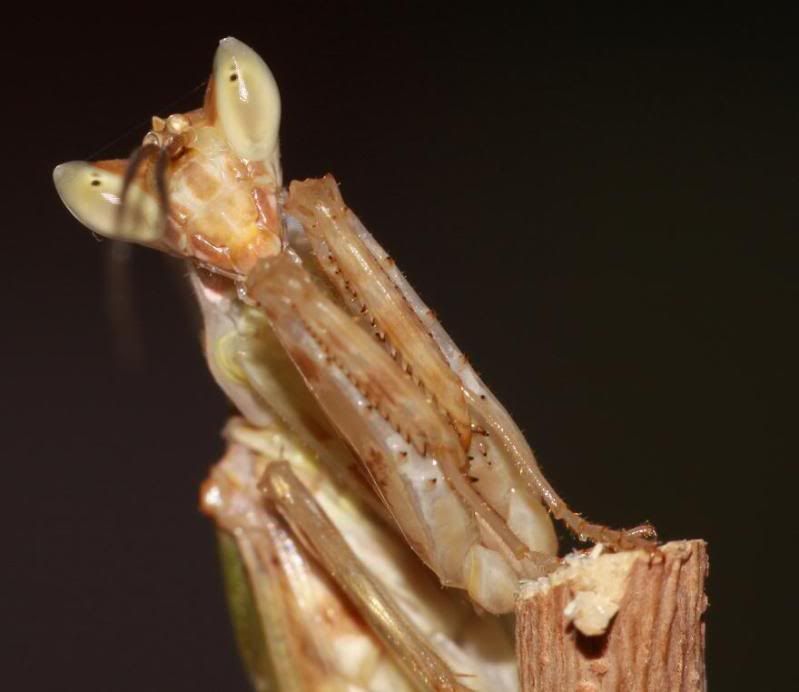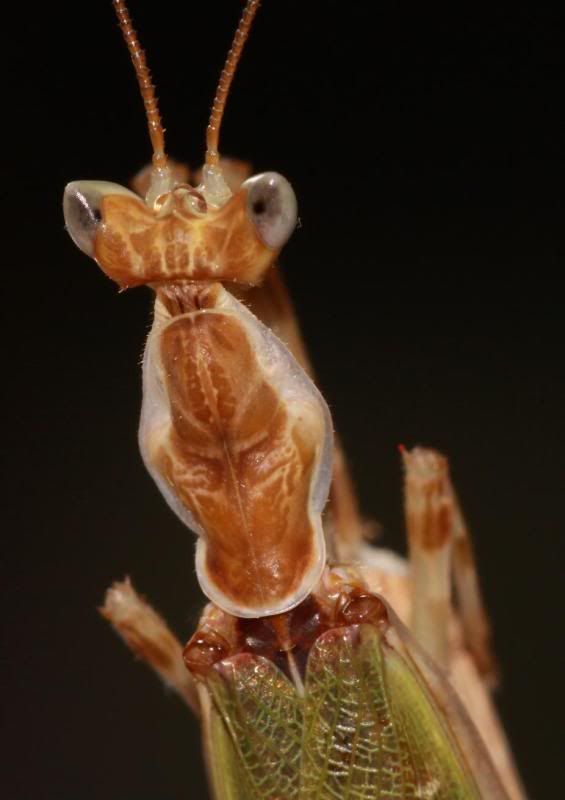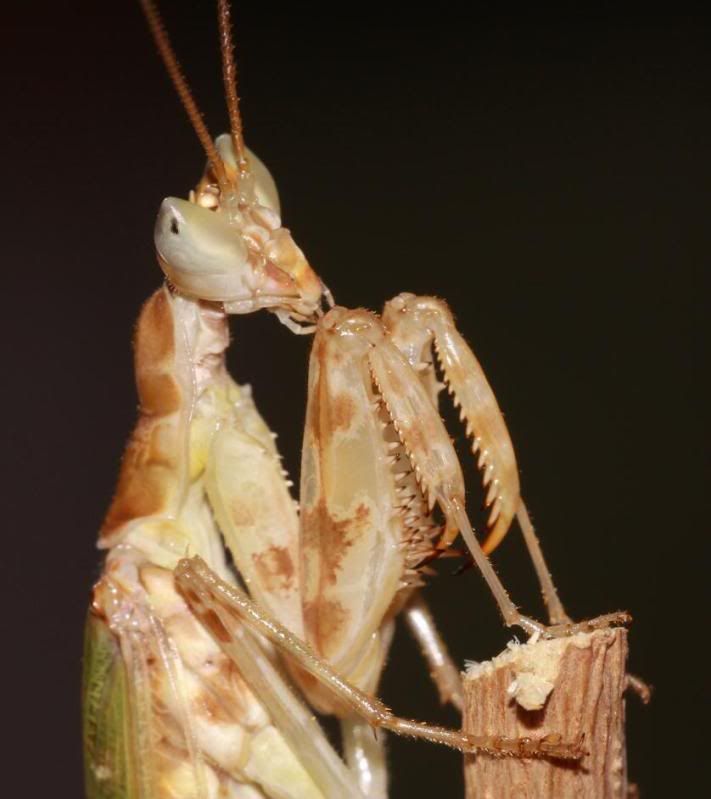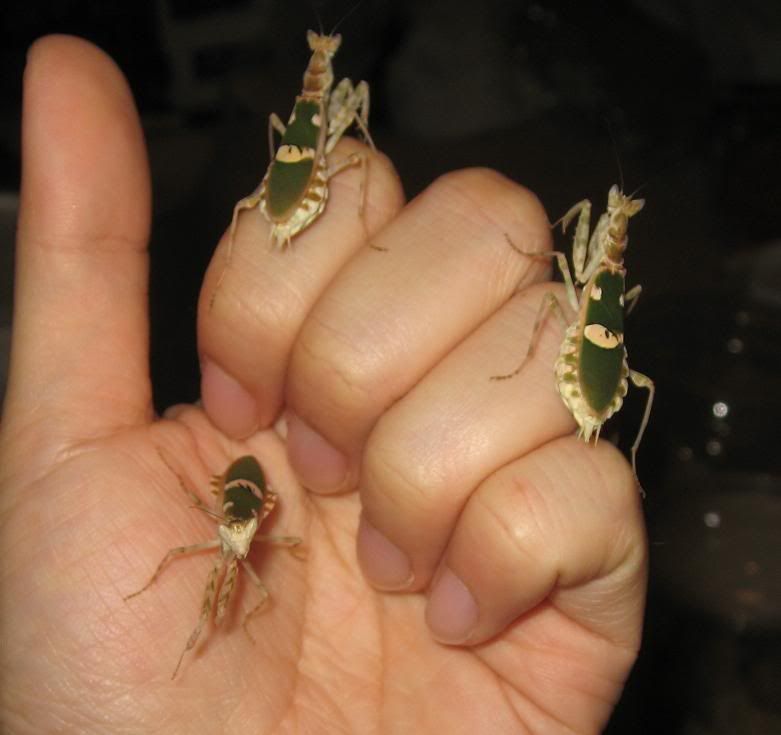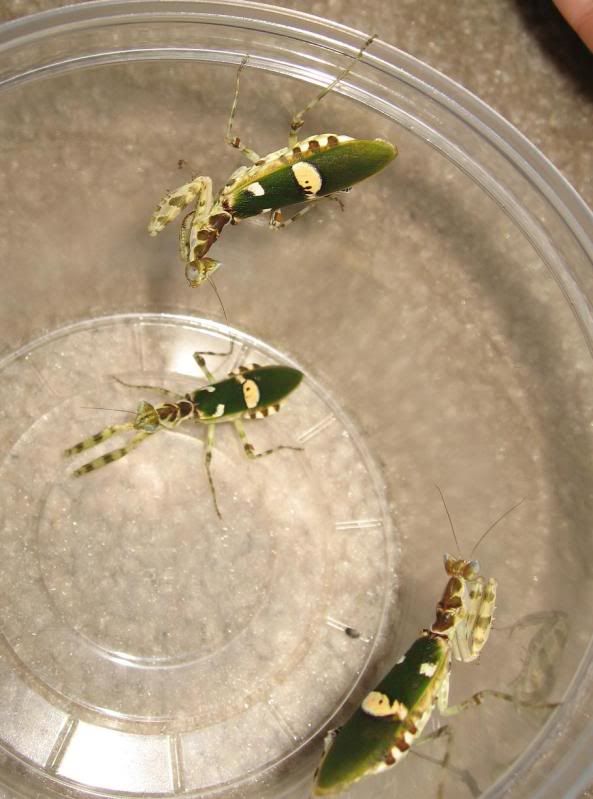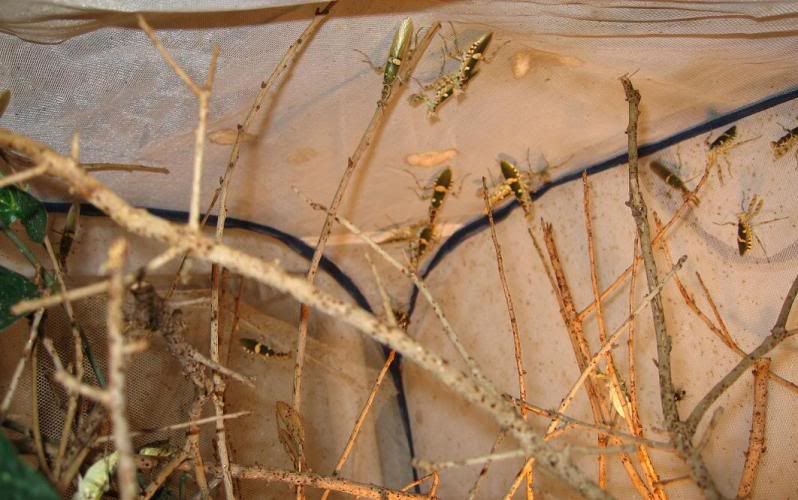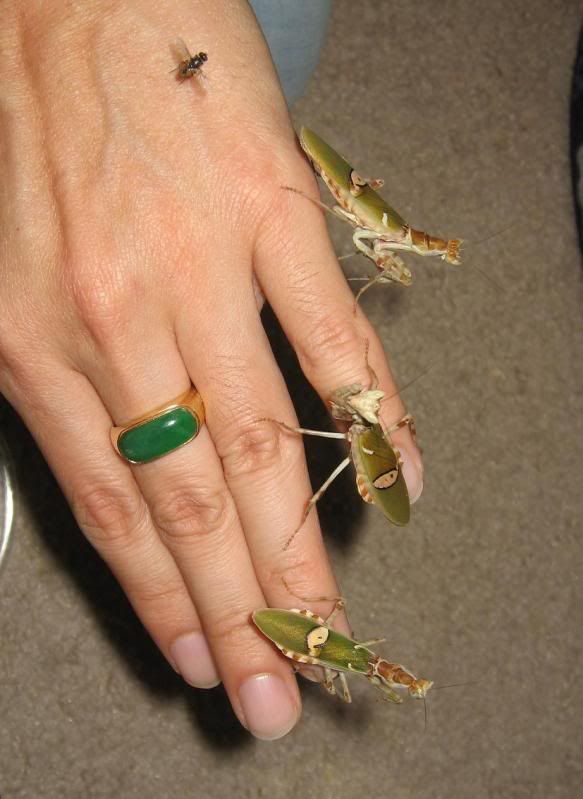The ootheca (Thanks Luke) appear to be the same as any Creobroter spp. some nymphs hatched out about 2 months ago. Very strong and robust nymphs and about 90% made it to adult. I have noticed some unique differences between them and the Creobroter gemmatus for both male and female. These are only my observation.
Adult female C. nebulosa (average size)
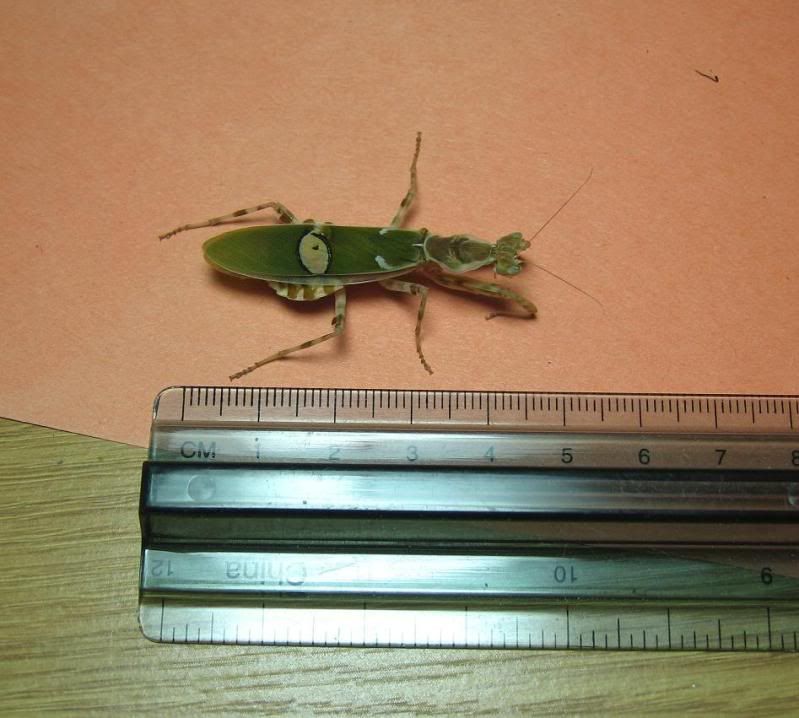
Adult female C. gemmtus (average size)
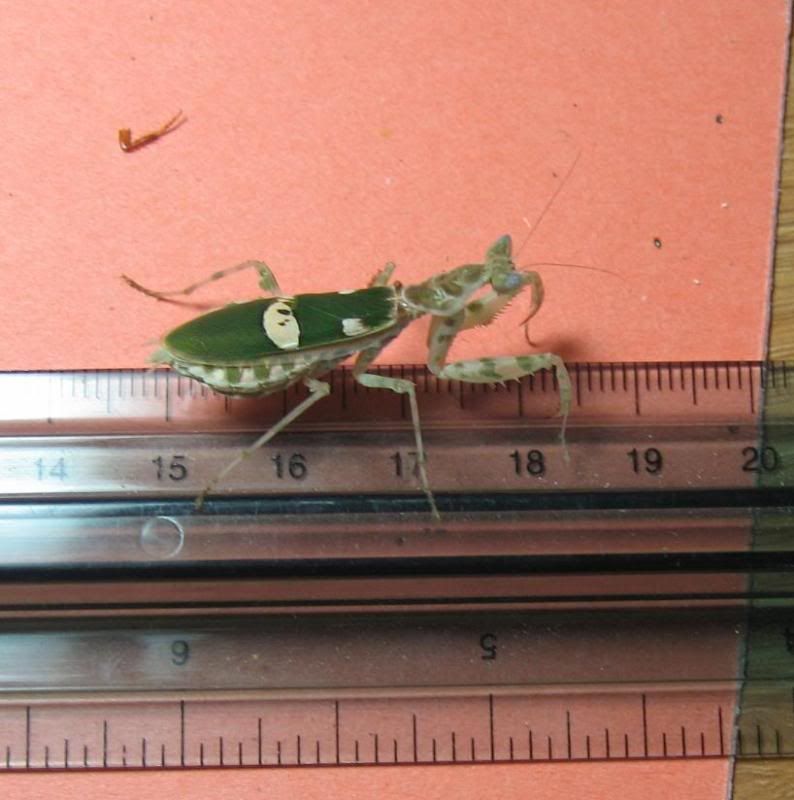
The two white spots right below the pronotum on asll the adult female are very different than the other Creobroter sp i have kept before. It is slender rather than large round spot.
C. nebulosa (CN)
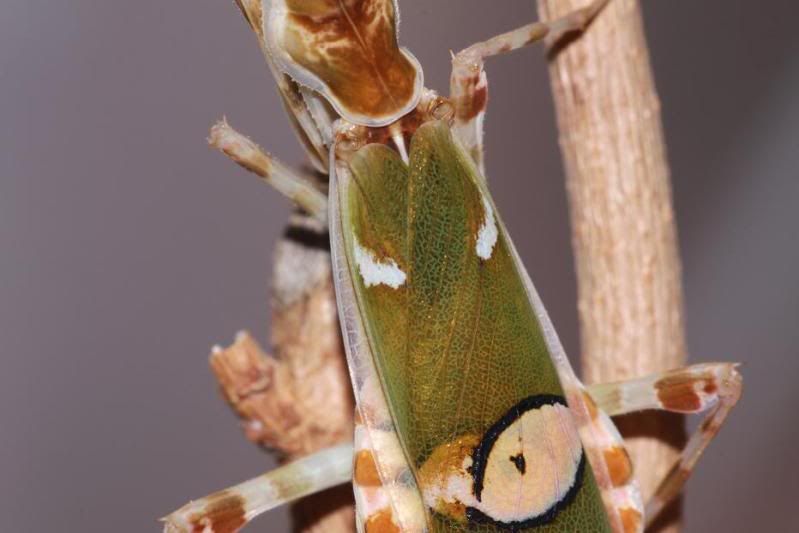
C. gemmatus (CG)
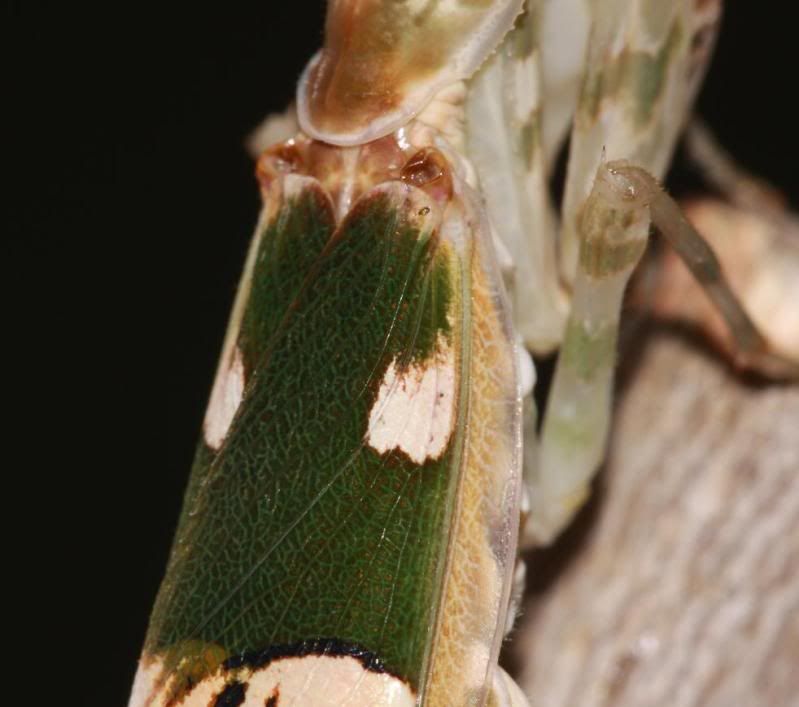
Color of black hind wing extend all the all to the edge for CG
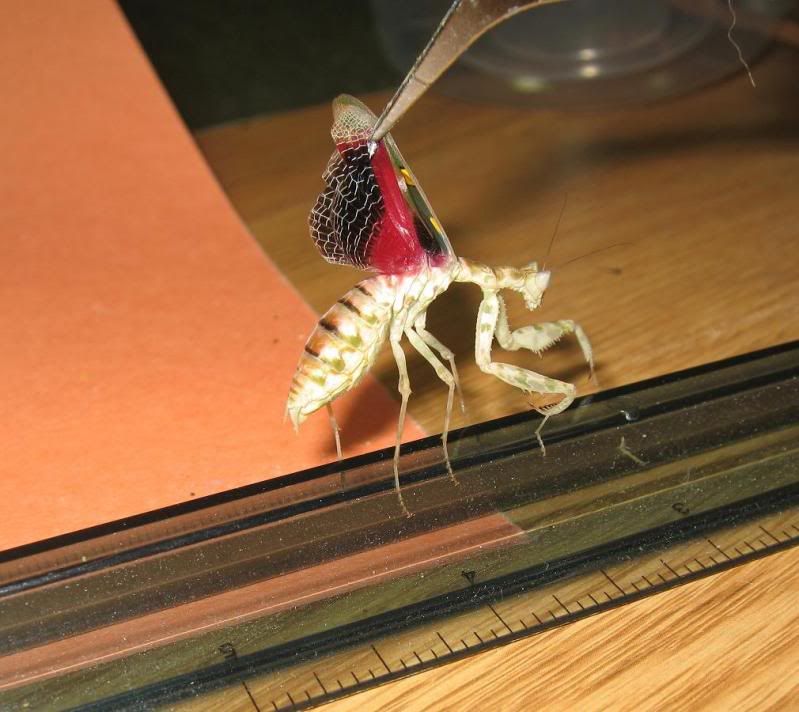
Color of black hind wing does not extend all the all to the edge for CN
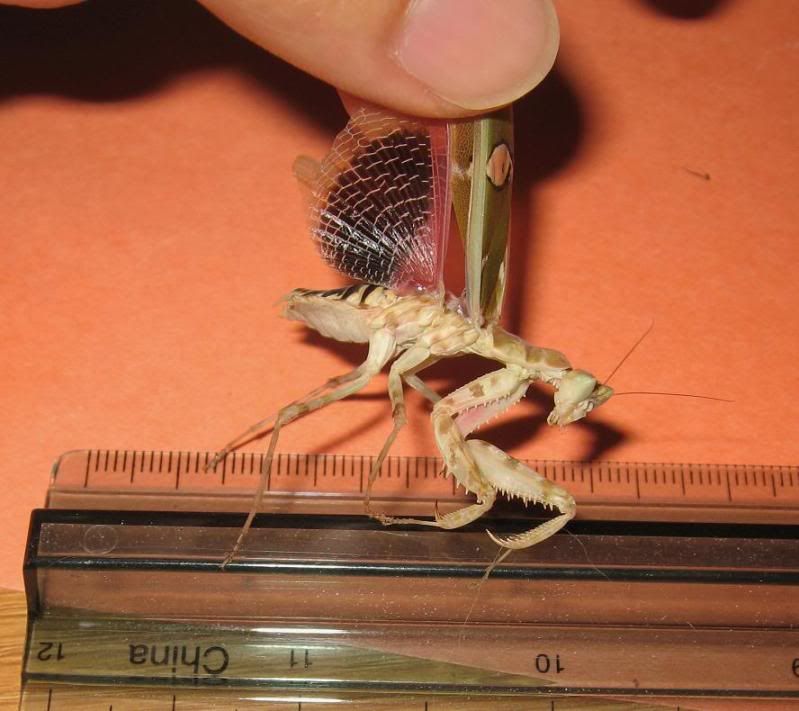
Adult female C. nebulosa (average size)

Adult female C. gemmtus (average size)

The two white spots right below the pronotum on asll the adult female are very different than the other Creobroter sp i have kept before. It is slender rather than large round spot.
C. nebulosa (CN)

C. gemmatus (CG)

Color of black hind wing extend all the all to the edge for CG

Color of black hind wing does not extend all the all to the edge for CN





